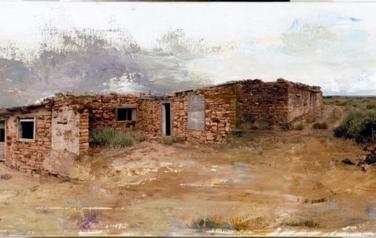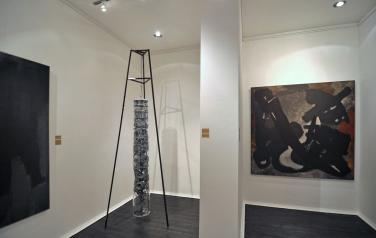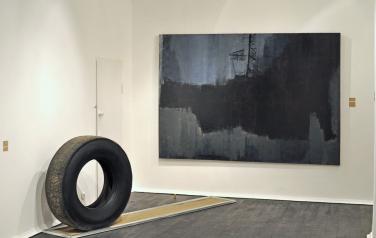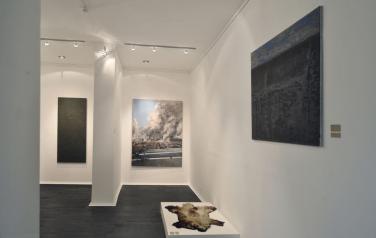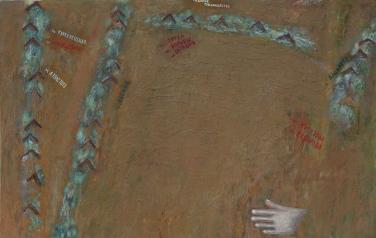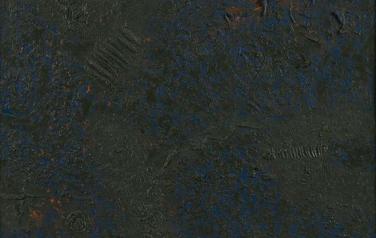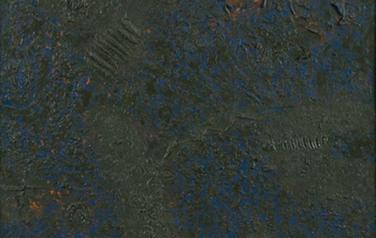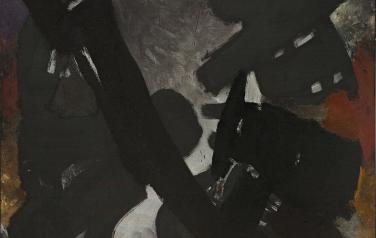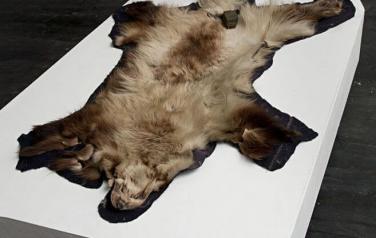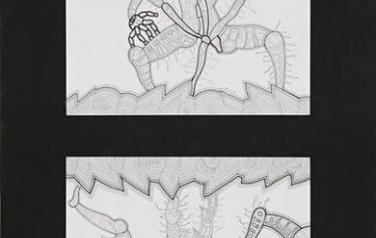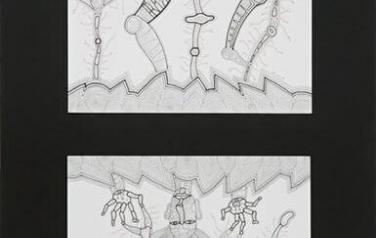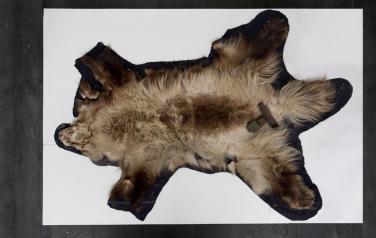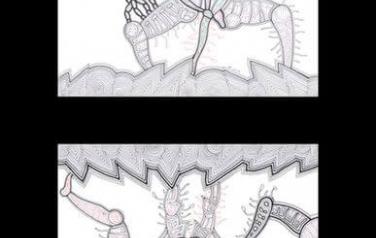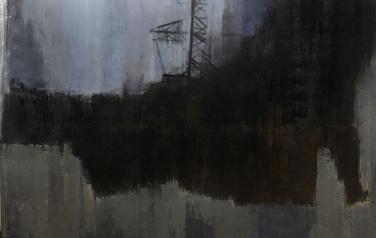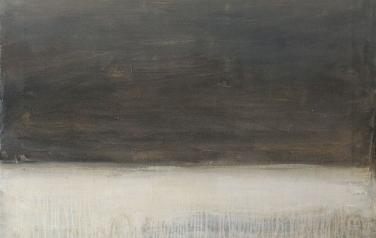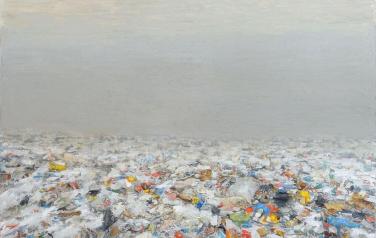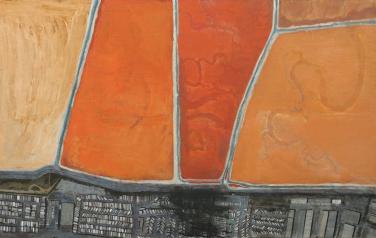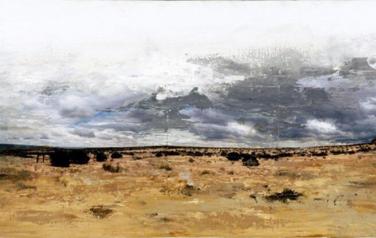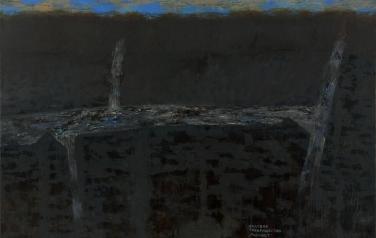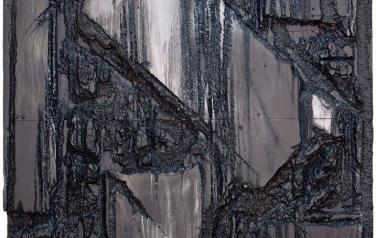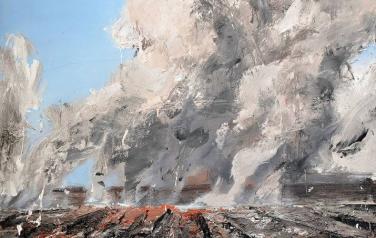Artists:
- Recycle
- Andrey Blazhnov
- Dmitry Kawarga
- Boris Markovnikov
- Vladimir Migachev
- Mikhail Molochnikov
- Dmitry Okruzhnov
- Pavel Otdelnov
- Vladimir Potapov
- Vitaly Pushnitsky
- Dmitry Samodin
- Viktor Sedov
- Natalia Sitnikova
- Haim Sokol
From time immemorial, the earth, for people, was one of the most mysterious, incomprehensible notions on which their lives depended. The very fact of man’s existence was connected with the earth, with the soil, on which he lived. Unable to comprehend it, people prayed to the earth, tried to feel it. The earth in return gave them shelter, fed them and took them into itself after they had passed away. Over thousands of years, centuries, a close interaction with the land formed, crystallized the peoples who cultivated it, each of which became the creation of the earth on which he lived, adopted its features and properties. However, over time, with each century and decade, man has been becoming increasingly alienated from the earth. He has been fettering it, hiding it under an asphalt cover, he has been erecting yet higher and higher buildings and been trying to move through the sky. Travelling along fast asphalted roads, in every city he sees thousands of signs: “Do not walk on the grass!” How can one not see the influence of globalization which makes everything uniform, seeking to erase not only borders, but also differences?
Such a tendency can only further obscure and mystify the sacral meaning layers of the notion of “earth”, as always happens with those things which are important, but hard to grasp. Especially because one cannot get away from the presence of the earth in our lives, – it, like air and water, accompanies a person throughout his whole life.
All the greater is the artist’s temptation to strive to comprehend this notion. This comprehension may occur from very different positions, since the ambiguity, the diversity of earth does not lend itself to being described fully. Moreover, earth, being globally “common”, belonging to all mankind – is a deeply personal notion. Everyone sees, feels and understands it differently. But whatever the personal comprehension of earth and the artistic expression of this comprehension, they all have one thing in common. Representing earth, or more precisely, his own vision and understanding of earth, the artist appeals to the roots, the origins, refers to the background of his own creativity. The work of art becomes his personal, introspective view, and in some cases – even a metaphor for his own creative path, a kind of retrospective. Thus, the exposition becomes the artists’ public confessions, the subconscious expression of their self-perception. Here is where the duality of the idea of the project “about earth” becomes manifest. “Looking at the earth can be directed into oneself. But, at the same time, – already trying not to express comprehension, but to comprehend the expression – looking into becomes looking from within”.
Exhibition curator: Ivan Isaev
